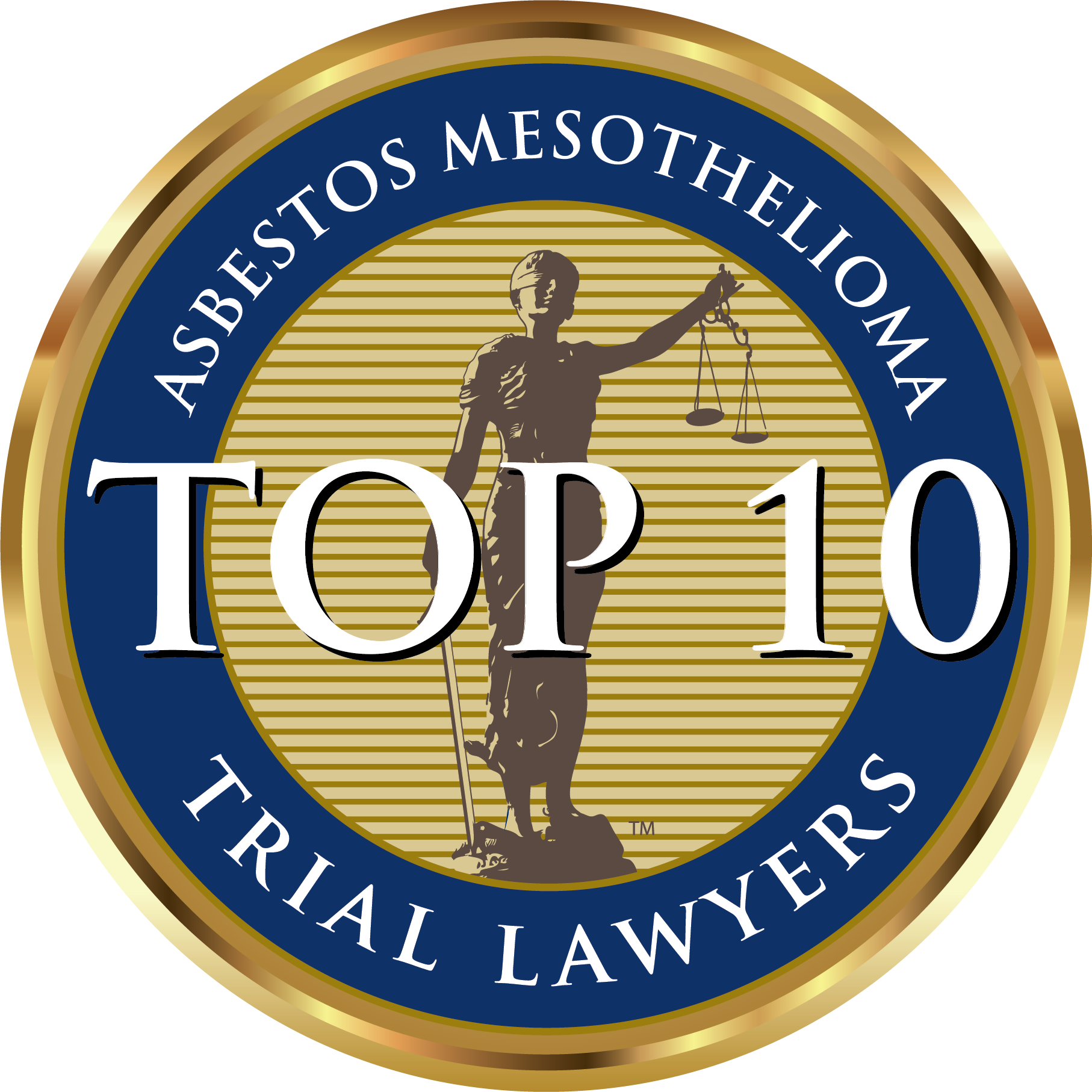Mesothelioma is a rare and aggressive cancer that primarily develops as a result of asbestos exposure.
While the condition is most commonly associated with the lungs, it can actually form in several different areas of the body. Understanding where mesothelioma can develop is key to recognizing symptoms early, receiving an accurate diagnosis, and starting appropriate treatment.
Because the cancer forms in the mesothelium—the thin lining that protects and surrounds many internal organs—it has several potential sites within the body.
What Is the Mesothelium?
The mesothelium is a specialized layer of tissue that lines certain internal spaces, providing lubrication and protection to organs. It is found in the chest cavity, abdominal cavity, around the heart, and within the reproductive organs.
When asbestos fibers are inhaled or swallowed, they can lodge themselves in these linings and cause irritation, inflammation, and eventually cellular mutations that lead to mesothelioma.
Depending on where these fibers settle, mesothelioma can form in different regions of the body.
Each type of mesothelioma presents with different symptoms, progresses at its own pace, and requires a specific approach to treatment.
Types of Mesothelioma by Location
Mesothelioma is classified according to the area in which it develops. Although all types originate in the mesothelial lining, their location influences symptoms, diagnosis, and treatment strategies. The main types include:
- Pleural Mesothelioma (chest)
- Peritoneal Mesothelioma (abdomen)
- Pericardial Mesothelioma (heart)
- Testicular Mesothelioma (testes)
Each type is linked to asbestos exposure, though the method of exposure and symptom onset can vary significantly.
Pleural Mesothelioma
Pleural mesothelioma forms in the pleura, which is the lining around the lungs. It accounts for approximately 75–80% of all mesothelioma cases. This form occurs when asbestos fibers are inhaled and become lodged in the lung lining, triggering long-term inflammation and eventually cancer.
Because it affects the lungs, pleural mesothelioma often mimics symptoms of respiratory conditions like pneumonia or chronic bronchitis.
People may experience shortness of breath, persistent cough, chest pain, or unexplained weight loss. In advanced stages, fluid can build up between the layers of the pleura, a condition known as pleural effusion, which adds pressure and discomfort.
Pleural mesothelioma tends to be aggressive, often spreading quickly to surrounding tissues and making early detection critical. Treatments may include surgery to remove part of the pleura, chemotherapy, or radiation therapy.
Peritoneal Mesothelioma
The second most common form is peritoneal mesothelioma. This type develops in the peritoneum, the lining of the abdominal cavity. This type accounts for about 10–15% of cases. Asbestos fibers likely reach the abdomen by being swallowed after inhalation, eventually becoming embedded in the abdominal lining.
Peritoneal mesothelioma can cause symptoms that include abdominal pain, bloating, digestive issues, or unexplained weight loss. Because the signs are similar to common gastrointestinal disorders, this type often goes undiagnosed until the disease has progressed.
Despite its rarity, some patients respond well to treatment if the cancer is localized.
A procedure known as HIPEC (heated intraperitoneal chemotherapy) involves surgically removing tumors followed by a warm chemotherapy wash directly in the abdomen and has shown promising results in selected patients.
Pericardial Mesothelioma
Pericardial mesothelioma is extremely rare, making up less than 1% of all diagnosed cases.
It forms in the pericardium, the thin lining surrounding the heart. The mechanism of asbestos exposure in this region is less understood, but fibers can apparently reach the pericardium via the bloodstream or lymphatic system.
Symptoms often include chest pain, heart palpitations, fatigue, and shortness of breath, and are often mistaken for heart disease. Due to its location and vague symptoms, pericardial mesothelioma is usually diagnosed only after death or during surgery for other heart-related issues. When discovered early enough, surgical resection may be attempted, but options are limited.
Chemotherapy and palliative care remain the most common strategies for managing the condition.
Testicular Mesothelioma
Testicular mesothelioma forms in the tunica vaginalis, the lining surrounding the testicles. It is the rarest type of mesothelioma, with only a few hundred documented cases worldwide. Diagnosis usually occurs when a patient undergoes surgery for a testicular mass or hernia, and the cancer is discovered unexpectedly.
Symptoms may include swelling, fluid buildup in the scrotum, or a noticeable lump. Because it is so rare, research on optimal treatment approaches is limited.
Surgical removal of the affected testicle is usually performed, and chemotherapy may follow.
Recognizing Symptoms Early
Mesothelioma can take years, or even decades, to develop after asbestos exposure—often 20 to 50 years.
As a result, individuals who worked in construction, shipbuilding, mining, or manufacturing may not notice signs until much later in life. The long latency period makes it essential for anyone who has been exposed to monitor their health closely.
Some general symptoms to watch for include:
- Persistent chest or abdominal pain
- Shortness of breath or difficulty breathing
- Unexplained weight loss
- Fatigue
- Swelling or fluid buildup in the chest, abdomen, or scrotum
These signs may not always indicate mesothelioma, but they warrant medical attention, especially for those with a history of asbestos exposure.
Frost Law Firm, PC Is Ready to Help with Your Claim
Mesothelioma can grow in several areas of the body, depending on where asbestos fibers lodge and cause cellular damage.
Pleural and peritoneal mesothelioma are the most common, but pericardial and testicular forms also occur, though rarely. Each type presents with its own challenges in diagnosis and treatment, and early detection remains key to improving outcomes.
At Frost Law Firm, PC, we encourage anyone with known asbestos exposure to remain vigilant, report new symptoms promptly, and consider routine checkups with specialists familiar with asbestos-related conditions.
If you believe your exposure was due to the negligence of another party, we can help.



























